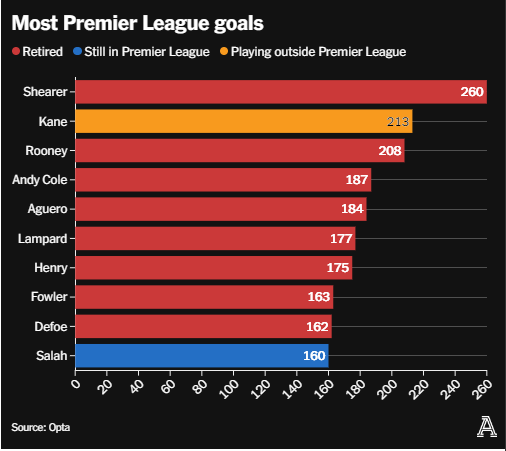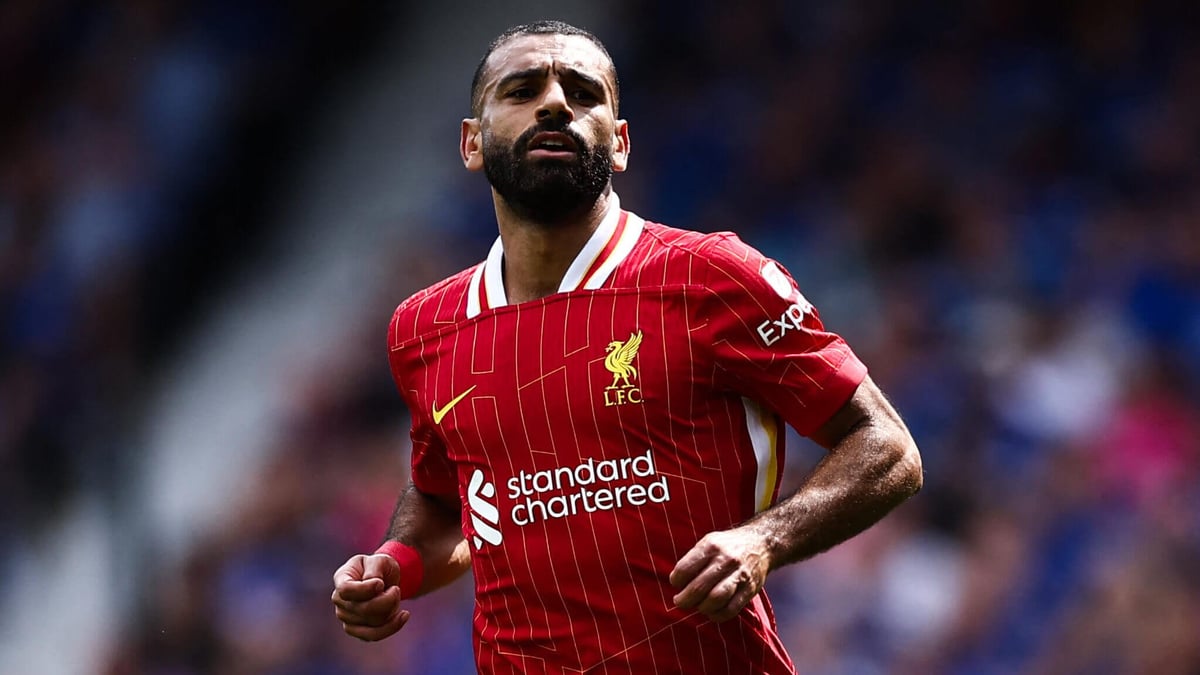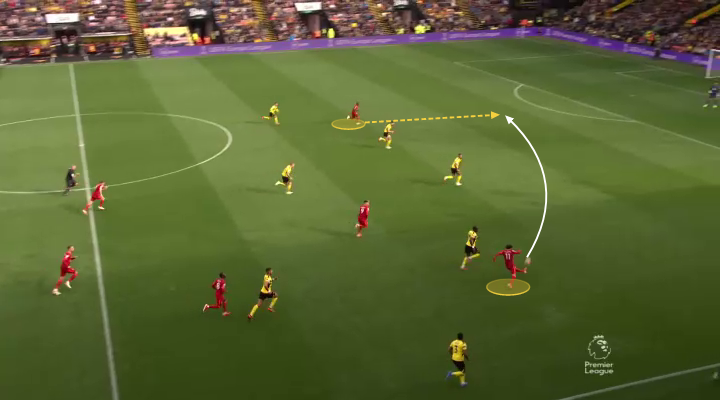After three Premier League games this season, Mohamed Salah now has three goals and three assists. Since joining Liverpool in 2017, Salah has been one of the most feared strikers in the league, but the number of chances the Egyptian has created has reminded everyone that he is more than just a goalscorer.

At times, his skill set has been narrowly framed. Salah initially arrived at Liverpool with a reputation as a great dribbler with the ability to score goals, but few expected him to set a new Premier League record for goals in a single season with 38 (a record that has since been broken by Erling Haaland).
After that season, he won the Golden Boot twice more. Last season, the Egyptian star climbed into the Top 10 players with the highest goal-scoring record in Premier League history. By the end of this season, he could completely rise to 6th or 7th place.

Salah’s creativity is sometimes overlooked, perhaps because it has been overshadowed by his goalscoring record and the way he is used on the pitch – as an inverted winger – which is often reserved for players who cut inside and shoot, whereas previous wingers have tended to be more creative. We don’t usually think of Salah as a crosser like Trent Alexander-Arnold or a through ball specialist like Martin Odegaard, but in fact, since the Egyptian joined Liverpool, only Kevin De Bruyne has a higher assist record.

Salah is truly one of the Premier League’s most creative players, and his two assists against Manchester United last weekend – one with his right foot, one with his left – showed the evolution of his game.
So, in this analysis, we will put the Egyptian star’s goalscoring record aside. What other characteristics does Salah have as a winger that are worth studying and discussing?
Firstly, Salah is no longer a productive dribbler. His dribbles have dropped in number, but more significantly, his success rate in doing so has dropped significantly compared to his early seasons at Liverpool – from 63% to 35%.

